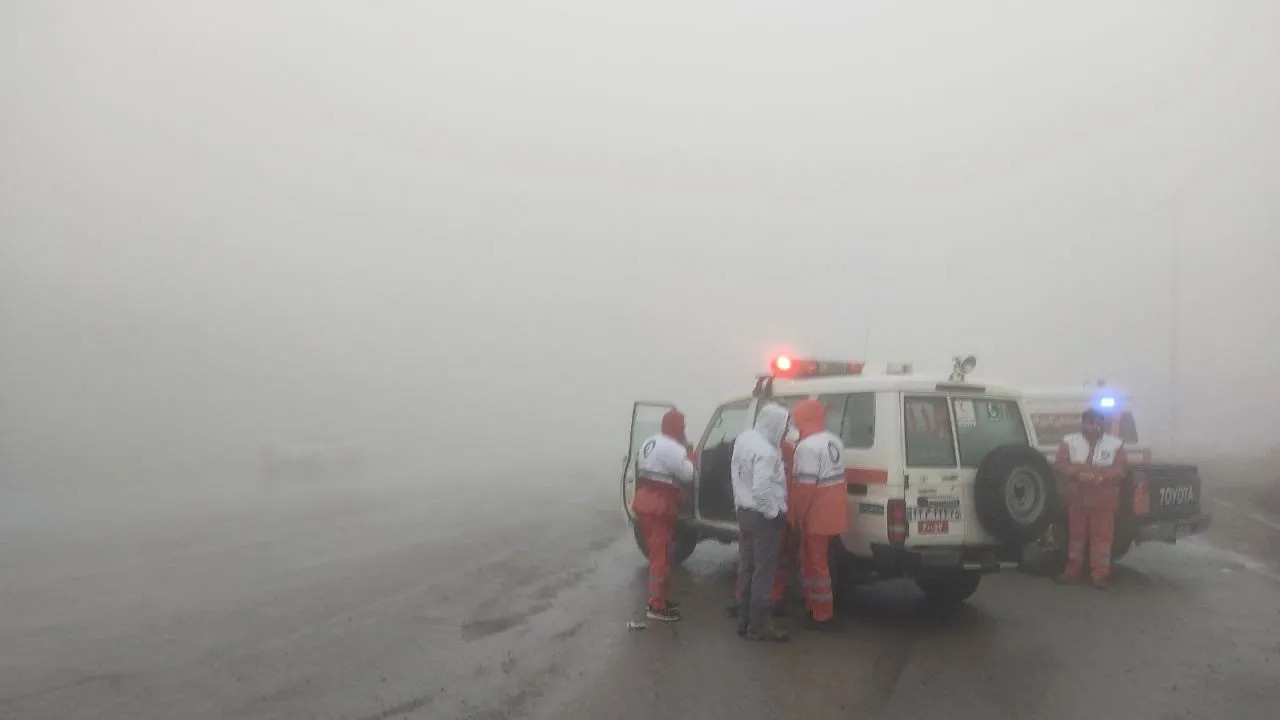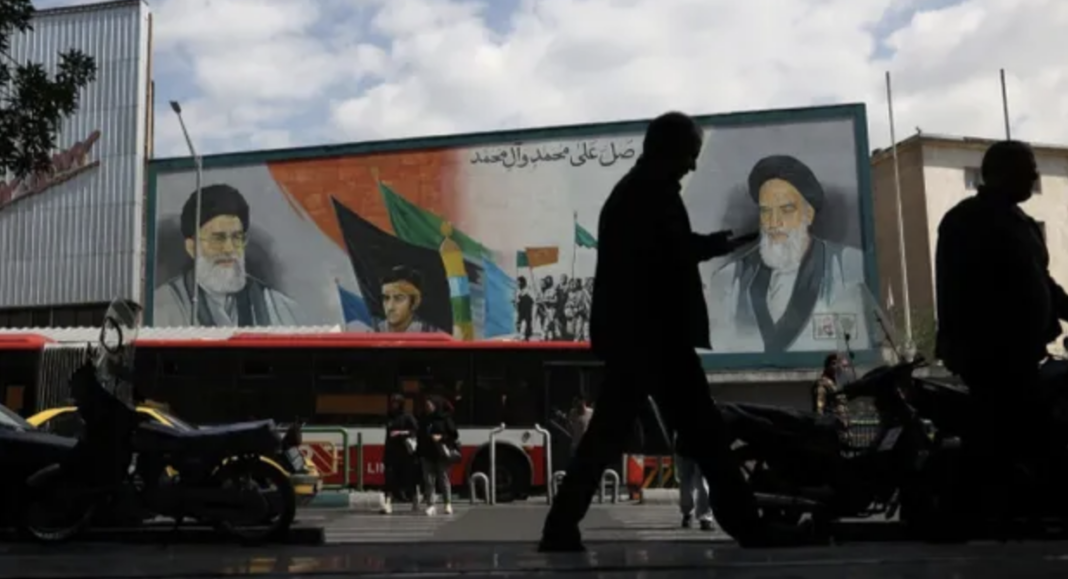Turkey’s state-run Anadolu News Agency announced that a Turkish drone located the helicopter wreckage carrying Iranian President Ebrahim Raisi and Justice Minister Foreign Minister Hossein Amirabdollahian, while Iranian authorities denied receiving help with the search operations.
Iranian President Ebrahim Raisi on May 19 was killed after his helicopter crashed in poor weather in the mountains near the Azerbaijan border, officials and state media said.
The charred wreckage of the helicopter which crashed carrying Raisi, Foreign Minister Hossein Amirabdollahian, and six other passengers and crew was found early May 20 after an overnight search in blizzard conditions.

Search operations for the wreckage continued in blizzard conditions. (Photo: Reuters)
Footage from Iranian state television showed wreckage scattered on a foggy hillside, while separate images from IRNA showed Red Crescent workers carrying a covered body on a stretcher. All those aboard the helicopter were killed, a senior Iranian official had earlier told Reuters.
As the search was underway, Iran requested a night vision search-and-rescue helicopter from Turkey, announced the Turkish Disaster and Emergency Management Authority (AFAD).
The pro-government Anadolu Agency (AA) announced that the “Akıncı” drone identified a source of heat suspected to be the helicopter’s wreckage and shared the coordinates of the possible crash site with Iranian authorities.
The drone’s route was followed by over 200 thousand people through the online FlightRadar24 website, which responded to the attention by drawing the crescent and star of the Turkish flag while passing through Van Lake on its return journey.
The AA announced the drone’s return, saying it had « successfully completed its mission. »
However, the Iranian Red Crescent said it had not received any « outside help » while locating the wreckage and recovering the bodies in the early hours of May 20.
The Red Crescent director Pir Hussain Kolivend stated that Iranian search teams and drones completed the search operation at 5 a.m.
Turkish President Recep Tayyip Erdoğan expressed his condolences for Raisi whom he called his “brother” in a post on social media platform X.
Raisi was elected president in 2021, and since taking office has ordered a tightening of morality laws, overseen a bloody crackdown on anti-government protests, and pushed hard in nuclear talks with world powers.
Iran proclaimed five days of mourning for President Ebrahim Raisi on Monday, though the muted atmosphere revealed little of the spectacular public grief that has accompanied the deaths of other senior figures in the Islamic Republic’s 45-year history.
For opponents of Iran’s clerical rulers at home and in exile, Raisi has been a hate figure since the 1980s when he was blamed for playing a leading role as a jurist in the execution of dissidents. Iran has never acknowledged that mass executions took place; Amnesty International says 5,000 Iranians, possibly more, were executed in the first decade after the revolution.
While government loyalists packed into mosques and squares to pray for Raisi and Foreign Minister Hossein Amir Abdollahian, both killed in a helicopter crash, most shops remained open and the authorities made little effort to interrupt ordinary life.
Rights groups say hundreds of Iranians died in 2022-2023 demonstrations triggered by the death in custody of young Iranian Kurdish woman Mahsa Jina Amini arrested by morality police for violating the country’s strict dress codes.
Laila, a 21-year-old student in Tehran, told Reuters by phone that she was not saddened by Raisi’s death, « because he ordered the crackdown on women for hijab. »
« But I am sad because even with Raisi’s death this regime will not change, » she said.

